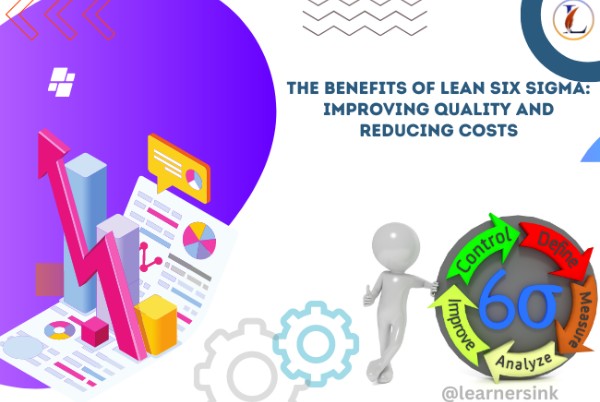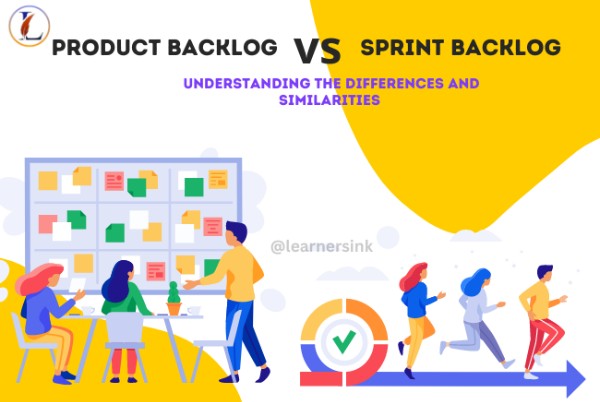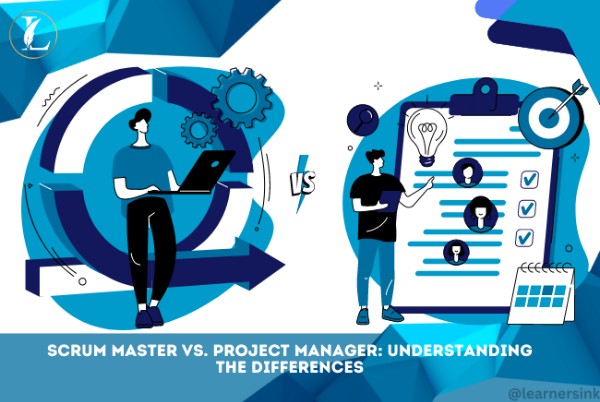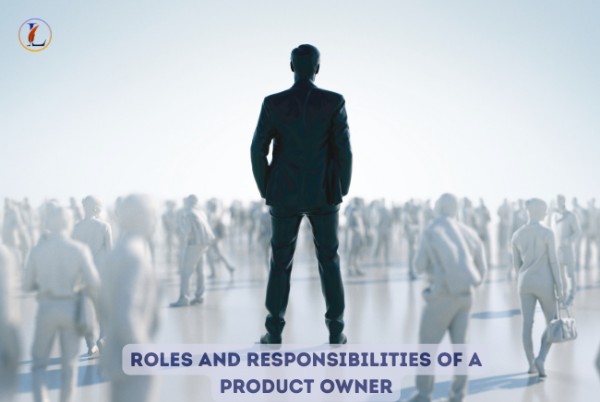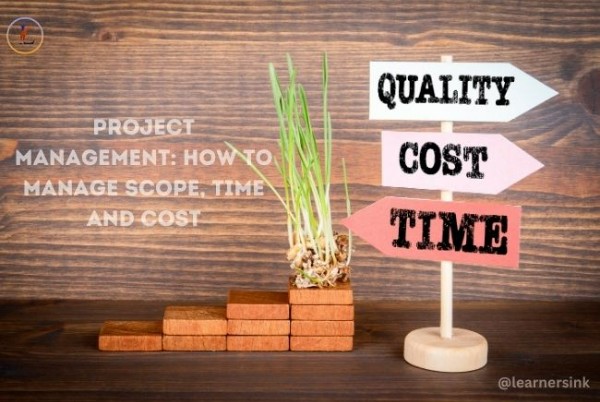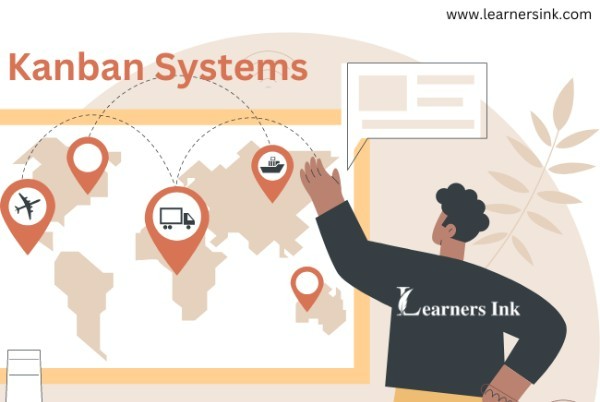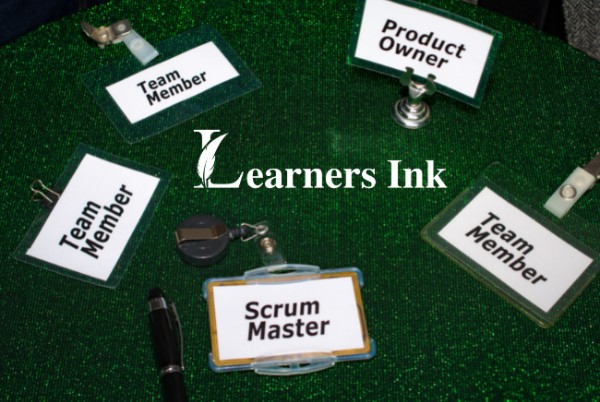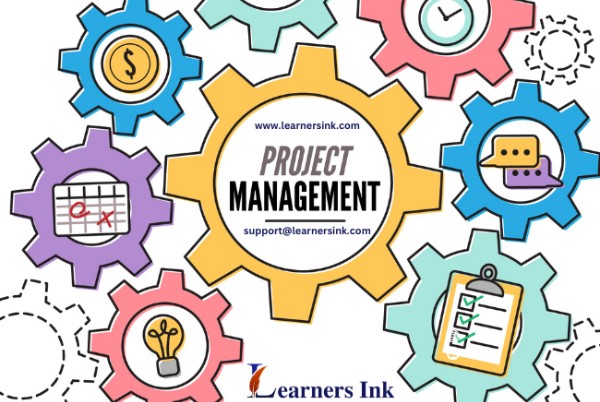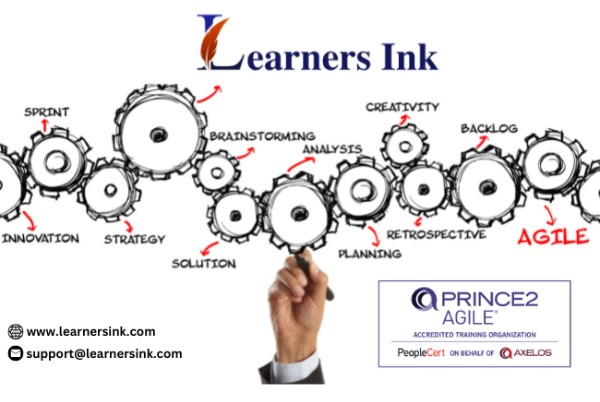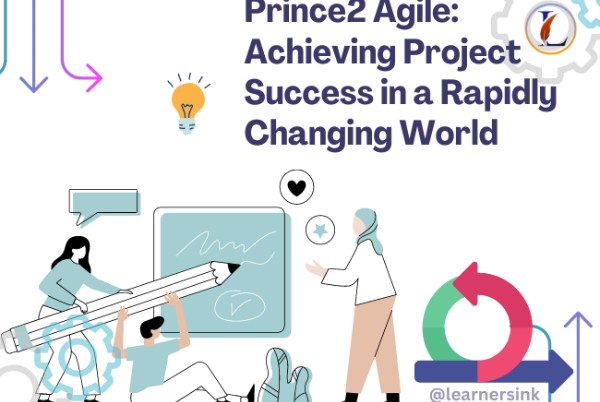THE PROCESS WATCH
- Home
- Blog
.jpg)
THE PROCESS WATCH
The purpose of a process watch is simple:
Immerse yourself in the production process. Understand everything there is to know about the process. Include the 5W1H (Why, What, Who, When, Where, & How).
George Butts, former vice president of Chrysler manufacturing, tells this story to illustrate the concept of a process watch:
“One day, I received a request from two young Japanese engineers to review the Chrysler car body painting process. Since we had a technical exchange agreement with their company, I approved the request. I expected them to spend about a half day touring the paint shop.
Well, two weeks later, they visited me to say ‘thanks’ and ‘good-bye!’ When I asked them what they’d learned, I was astounded. They had walked through the entire paint process, asking questions and taking notes all the way. For example, they asked the man who wipes the body panels prior to priming what kind of cloth he used, where he obtained it, why did he use a side-to-side instead of up-and-down motion, how much pressure he used, how long he used the cloth before getting a new one, etc., etc., etc. Every other detail of our process was noted as well.
Although they expressed themselves with typical Japanese humility, I could sense their pride when they said, ‘Chrysler has the best body paint of all US manufacturers. But you do not understand why. We now understood your process and will take it back to Japan and make it better.’ I believed that they would do just as they said.”
Application
Improvement (Measure Current Situation/Analysis) - The process watch is used to help understand how the current production process operates. The Chrysler paint process watch is a good example of this application.
Improvement (Identify Countermeasures) - Before “reinventing the wheel,” an improvement effort may decide to investigate other, similar production processes and gather ideas that may help redesign their process. Some authors refer to this application of the process watch as process benchmarking.
Planning and Executing a Process Watch
The five key questions that must be part of any process watch are simply: Why, What, Who, When, Where, & How. Some planning and execution suggestions follow:
Develop a high-level understanding of the process, first. This may be as simple as laying out the key functions of the process in a “macroflowchart.” This helps provide some organization to the watch. Prepare a notebook, whose tabs are labeled with each of the functions.
From notes taken at a Palm Beach, Florida ASQC meeting in 1988. The Japanese term for Process Watch is a Gemba Visit – meaning go to the place of work.
If you are going to develop a layout diagram, sketch the physical area on paper before the actual watch. In the Same Day Surgery Admitting process example, we prepared the area sketch the night before. The morning of the process watch, we could then begin to trace the paths of staff, patients and families easily.
Get permission to do the process watch. Explain to the workers you are watching or interviewing why the watch is being done. Sometimes, misunderstanding or fear will lead them to act “by the book” instead of how they normally do the work.
Pretend you are a customer or the “product.” For service-type processes, this is a very useful strategy. A management engineer followed fourteen customers through a process one day, what she learned that day was more useful than all the data the team had collected up to that point.
Process the results of your watch as soon as possible. Despite all the notes you will take, there will be a great deal of information that will be caught not on paper, but in your mind. Draw out the flowcharts, layout diagrams, and prepare your write-ups immediately. Note any questions that you still have, and go back to the process to answer these questions. Don’t assume anything, or make up information that you thought you saw.
Review the results of the process watch with the workers. Make sure you’ve captured exactly what goes on. Change any details that were captured incorrectly.
Latest posts
QUICK ENQUIRY
Learners Ink 2019 - | All Rights Reserved



